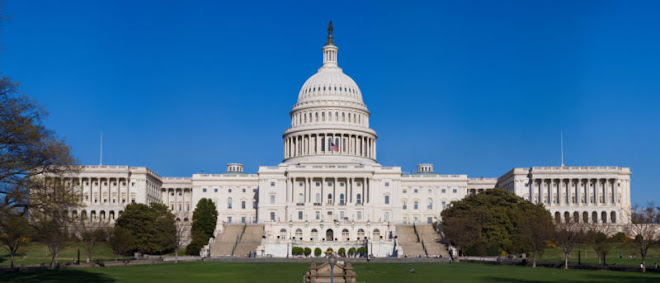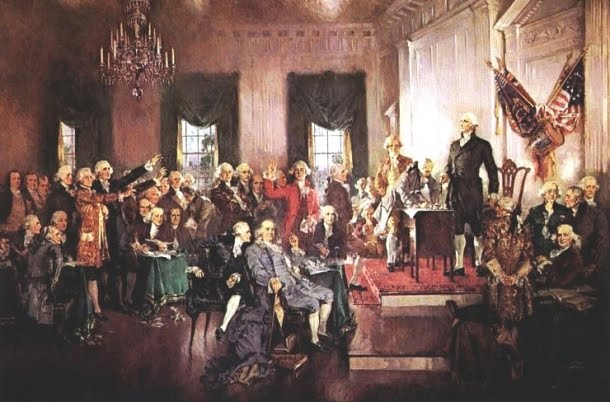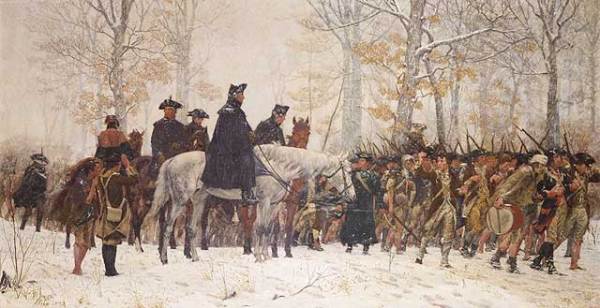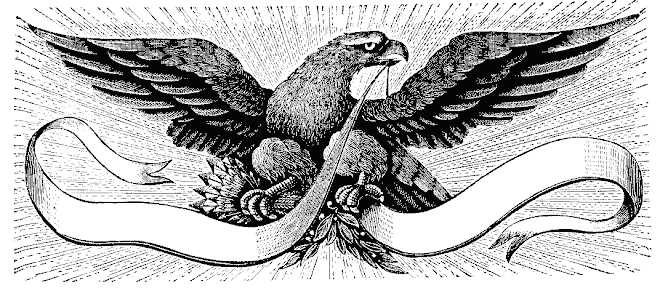From National Journal.com and Vision to America:
Wednesday, October 6, 2010 12:00 PM
Josh Kraushaar: Against The Grain
Democrats' False Optimism
House Democrats have begun sounding an optimistic note that they will avoid a midterm wipeout as the base starts tuning in, campaigns engage, and President Obama travels the country reminding voters of the stakes.
A New York Times piece last weekend asserted that the "resilience of vulnerable Democrats" is complicating Republican efforts to win back control of the House, a narrative that quickly took hold in other news outlets. House Speaker Nancy Pelosi has flatly refused to entertain the possibility that her majority is at risk, at least publicly.
But when you look at the national polling metrics and the race-by-race picture in the House, there's little evidence of any Democratic comeback. If anything, Republicans are in as strong a position to win back control of the House as they have been this entire election cycle.
Much of the newfound glimmer of hope comes from a misinterpretation of polling data released by Democratic campaigns and the Democratic Congressional Campaign Committee. Many of the polls aren't all that encouraging for Dems, but have been spun to present a misleadingly optimistic picture.
In a House race, where many voters are unfamiliar with challengers until the very end, it's not nearly as instructive to look at who's winning as it is to see whether the incumbent is winning a majority of the vote. Traditionally, most of the undecided vote breaks toward the challenger -- especially in a wave election. It's not uncommon for a congressman to be up "double digits" but still be in serious trouble, given the anonymity of the opponent.
And a staggeringly high number of Democratic incumbents are below the 50 percent mark, including members in much of the polling conducted by Democratic firms released to counteract the GOP narrative. House Race Hotline editor Tim Sahd compiled an invaluable database of all the House race polling conducted this cycle and found 66 Democratic incumbents sitting below that magic 50 percent number.
That number should send shivers down the spines of Democratic strategists. In 2008, when Democrats coasted to victory across the board, 32 House Republican incumbents were under the 50 percent mark in the last poll of the cycle, and 14 of them lost -- a 44 percent mortality rate. When you account for all the vulnerable open seats and the competitive races where polling hasn't yet been released, it's very hard to see how Democrats can hold their majority.
The playing field is so large this year that it's misleading to look at any one race to draw firm conclusions about the state of play across the country. Democrats are playing a high-stakes game of "Whack-A-Mole" -- even when they successfully disqualify weak GOP challengers, another half-dozen races pop up on their radar screen.
Yes, Democrats have used their strategic savvy and financial resources to help the prospects of a handful of vulnerable members, like Rep. Stephanie Herseth Sandlin (S.D.), who has aired some of the most effective ads of the cycle and improved her standing in a tough state. The DCCC has a plethora of opposition research to use against flawed GOP challengers on behalf of Reps. Chris Carney (Pa.), Betty Sutton (Ohio), Leonard Boswell (Iowa), Ron Klein (Fla.), and others, which should greatly boost the incumbents' prospects.
But for every one of those races, there's a new Democratic target that emerges, whether it's Rep. Bruce Braley (Iowa), Jim Marshall (Ga.), Jim Oberstar (Minn.), or Sanford Bishop (Ga.), just to name a few. Our House Race Rankings now list 79 races as squarely in play, 72 of them held by Democrats, and other competitive races just missing the cutoff mark. It's hard for either party to keep track of all these late-emerging races, much less build up an opposition dossier in time to run ads against challengers.
The DCCC looks to be conserving its money while it gets a better picture of where things stand this month. The committee's independent expenditure arm has spent only $4.3 million, according to Federal Election Commission filings, a small fraction of its $39 million on hand. That's a smart strategy, but one that may be counteracted by the massive investment from Republican-aligned third-party organizations. American Crossroads, the Karl Rove-backed group which has emerged as a GOP lifeline, is preparing to aid House Republicans this month after focusing its fire on Senate Democrats over the last month.
And as the Cook Political Report pointed out last week, Democratic allies -- namely labor -- haven't been that helpful so far, with the AFL-CIO and SEIU spending 90 percent of their $3.7 million to help just three Democratic members, a questionable strategy given how many races are in play. The National Republican Congressional Committee, meanwhile, has been getting much more bang for its buck, laying down $5.9 million in 31 different races in smaller, less expensive markets over the last several weeks. (It has reserved $35 million of time for 55 seats.)
There are other signs that there is little uptick in the Democratic fortunes. Gallup released its latest generic ballot numbers on Monday, and they show Republicans continuing to hold a massive turnout edge, even after the White House's efforts last week to energize the base.
Among likely voters, assuming a typical midterm election turnout, Republicans hold a 56 percent to 38 percent advantage, with independents skewing heavily toward the GOP. With higher-than-expected turnout, Republicans hold a 13-point lead, 53 to 40 percent, among likely voters. And that's with Republicans holding just a 3-point edge among all registered voters -- a margin in the lower range of Gallup's polling over the last month.
Democrats showed modest gains from summer polling in the new ABC News/Washington Post poll, but still trail by 6 points, 49 percent to 43 percent, among likely voters on the generic ballot. And only 31 percent of registered voters said they were inclined to re-elect their representative, slightly down from the pre-Labor Day poll. These aren't signs that a wave is abating.
There's not much time left for Democrats to turn things around. Early voting has already begun in states like Ohio, Wisconsin, Iowa, Georgia, Indiana, California, and West Virginia -- all states with a sizable share of competitive House races (at least 16 competitive Democratic-held seats between them).
The fundamentals of this midterm have been troublesome all year for Democrats, and as the election draws closer, the gloomy national numbers are translating into seemingly safe members facing the fights of their political careers. House Democrats are still staring at a Category 5 hurricane that looks likely to sweep away their majority, with the real possibility that some of their most entrenched members could be among the victims.
A READER ON THE STATE OF THE POLITICAL DECAY AND IDEOLOGICAL GRIDLOCK BETWEEN ONE GROUP WHO SEEK TO DESTROY THE COUNTRY, AND THOSE WHO WANT TO RESTORE IT.
The Rise and Fall of Hope and Change




Alexis de Toqueville
The American Republic will endure until the day Congress discovers that it can bribe the public with the public's money.
Alexis de Tocqueville
Alexis de Tocqueville
The United States Capitol Building

The Constitutional Convention

The Continental Congress

George Washington at Valley Forge



No comments:
Post a Comment